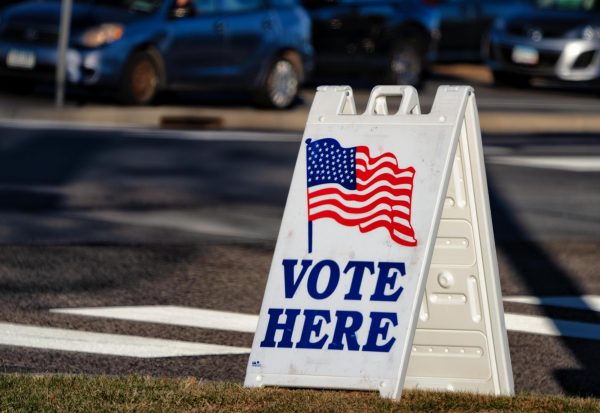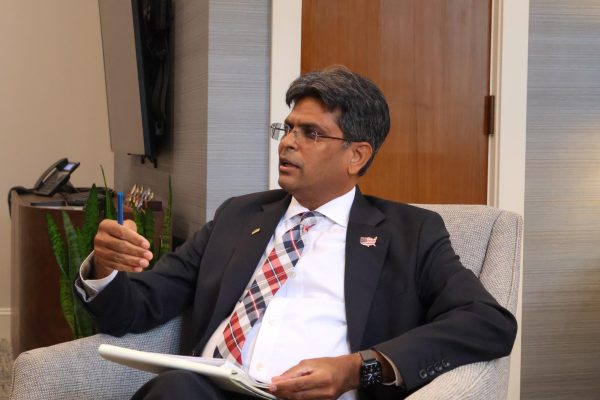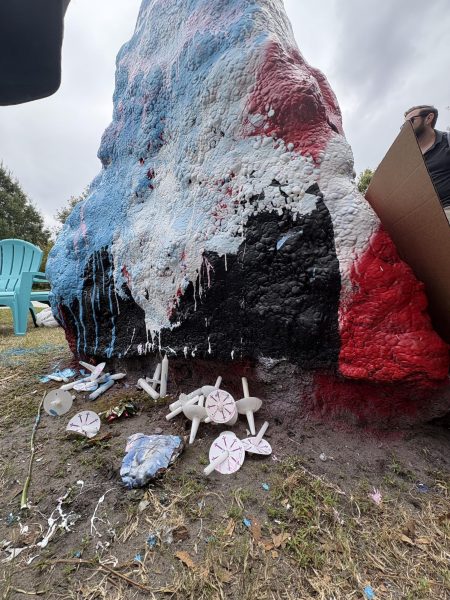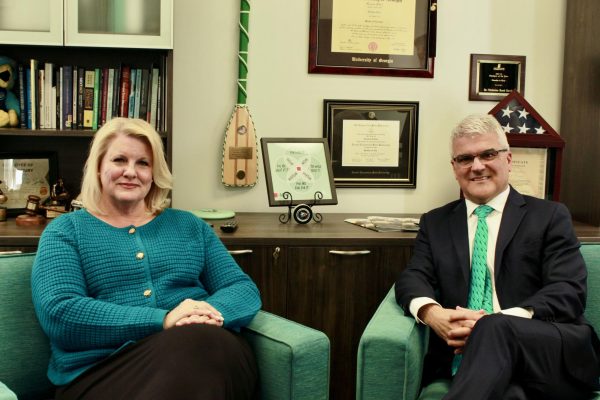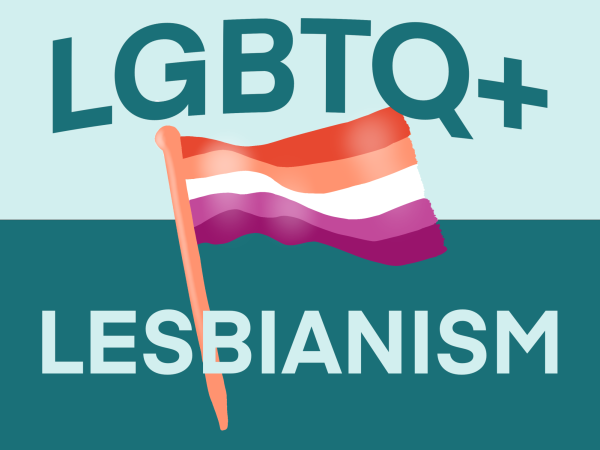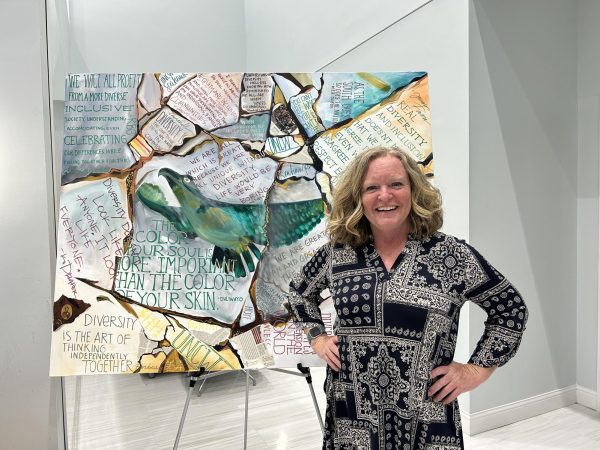Grad students track sea turtle nesting habits along NC coast
UNC Wilmington data science students Adam Silva and Olivia Bryson have been tracking sea turtle nesting habits along the North Carolina coast.
They have worked on the project with Chris Shank, director of Bald Head Island Conservancy. They have taken raw hand-recorded data from the past 37 years, and they have spent that past four months cleaning it up.
This made the data more consistent and accurate, all in an effort to protect the baby sea turtles that will hatch in the future.
With this data, the students are able to use software such as Tableau and SAS to create visual representations of the sea turtles’ habits. The top three ranked turtles, who has hatched the most and who has had the most success are some of the things that represent their data visually.
One of the first maps that they made using an online mapping service showed how many turtles had nested on Bald Head Island this year compared to how many will nest next year.

This map shows pinpointed turtle nests on Bald Head Island last year and a prediction of where nests will be next year.
In the analysis stage of the project, Silva and Bryson monitor individual turtles — where they’re nesting, what their habits are if they’re affected by storms and lighting. The visuals play a big part in projecting a message from their dataset.
“The most important part of visualizing stuff is to answer questions like, ‘Are the housing developments and the lighting from that affecting where [the turtles] coming back to,’” said Bryson. “Mapping these things individually for each turtle helps us answer different questions that we really didn’t think of before.”
One of the sea turtles, Sharkbite, known by researchers as “Queen of the turtles,” has laid the most nests on Bald Head Island since the conservancy started collecting data in 1980.
“One thing that we noticed with her is that she’ll come back and lay three nests every 2 to 4 years, so her frequency is always the same,” said Silva. “We made a loose prediction that she’s going come back [to lay a nest] this year, so we’ll see whether or not she does.”
The next step is gathering Sharkbite’s genetic data from Bald Head Island, so the students can see where she has been before they started tracking her habits in 2003. With genetic data, they will be able to see the turtle’s ancestry and their genetic spread along the U.S. coast.
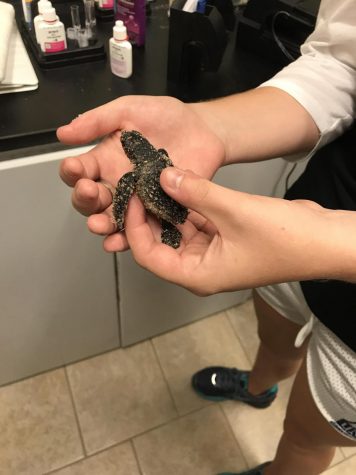
Data science student Olivia Bryson holds a baby sea turtle at the Bald Head Island Conservancy.
Silva and Bryson are currently helping the Conservancy develop tactics to get the island’s community involved with the project. They are working to present their data to the people so that they might feel inclined to join in to help protect the turtles. This includes educational camps for children.
“Giving turtles the best chance of hatch success and being able to preserve the turtles and keep them as safe as possible during the whole nesting process is [Bald Head Island’s] overall goal,” said Bryson.
Bald Head Island Conservancy’s research is grant-funded, so the students hope that bringing awareness to this project will bring in funding to the Conservancy for more satellite tags to track the sea turtles.
Shank reached out to UNCW’s Dr. Mark Lammers, professor and director of the Data Science Program, about getting students of the new Master of Data Science program, comprised of only 17 students, involved with this project. Silva and Bryson became involved from there to fulfill a TA-ship for graduate school. The students’ new and improved template will continue to be used for future data collection.
“I would like to keep a relationship with Bald Head because I like the project, and I really like what we’re doing over there raising awareness. But we’ll see where the tide takes us,” said Bryson. She is willing to work in any industry that supports the greater good, even if that means working in pharmaceuticals, banking, or corporate sectors other than nonprofits.
Silva earned his undergraduate degree in chemistry with no intentions of going to graduate school but decided to apply to the data science program on a whim when Lammers visited one of his classes. Since then, he has developed a passion for the data science program, and he prefers to have a career in the science industry doing research and development for biotech companies such as NASA and SpaceX.
Before Silva and Bryson graduate in December, they will most likely begin transferring the project over to new students in the M.S. of Data Science program. From there, the new students will just be updating the data from year to year using the new and improved template developed by Silva and Bryson.



